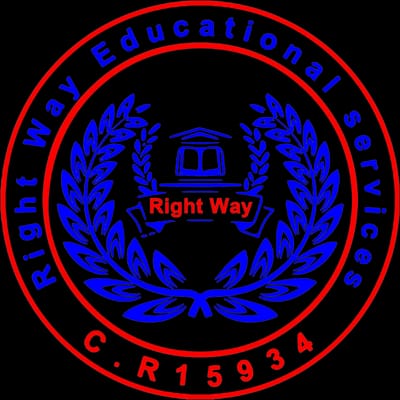Professional Financial Accountant PFA Training Diploma

A training program that teaches participants accounting concepts such as the generally accepted accounting principles and assumptions such as the accrual principle, cash basis, matching revenues with expenditures, the principle of prudence and caution, and others. In property rights, then he moves on to explaining the most important taxes such as value-added tax and deduction tax at source. The second stage of the program covers electronic accounting using Excel. Then comes the third stage, which is a workshop in the field of accounting. It is a practical training and application of what you learned during your studies in a course The professional financial accountant represented in real cases using real invoices, receipts and checks belonging to a real company.
Details and axes of the training diploma
A training course aimed at qualifying the student in terms of accounting and practical training on the book entry and review of all forms of books and how to prepare and analyze financial statements, in addition to intensive lectures in the Excel program and how to use it to work all stages of the accounting cycle.
Target groups to study in this training diploma
1- Individuals (other than accountants) wishing to enter the field of accounting
2- Graduates of the Faculty of Commerce wishing to gain practical practical experience
3- Accountants who wish to gain professional and practical experience
Training topics to be studied
The first axis: Accounting qualification:
It aims to qualify the student in terms of accounting and practical training on book entry and review of all forms of books. This stage includes:
Identify the most important principles and accepted accounting assumptions
entitlement principle
cash basis
The principle of matching revenue with expenditures
Principle of caution
continuity
monetary measurement
Relative importance
constancy
Historical cost
legal personality
Get to know the accounting cycle in all its details
(Double entry - ledger account - trial balance - financial statements)
Preparing financial statements for companies
Statement of financial position
income list
statement of changes in owner's equity
taxes.
value added tax
tax deduction at source
The second axis is electronic accounting using Excel:
In it, accounting is studied through the Excel program and how all the stages of the book cycle work, which was studied in the notebook part of the course, and all the tasks of a successful accountant through the Excel program.
Financial design using excel.
The book group using the French method
The book group using the American method
Prepare trial balance
The third axis, a workshop in accounting - practical training in accounting and financial affairs:
Accounting workshop In this company, which represents a real simulation of the atmosphere of work as an accountant, and further in this simulation process, the workshop will not only stop the process of recording documents in the books, but will present you with some accounting errors as you make their own adjustments, and you will be asked to issue financial statements for this company, which you made Prepared under the supervision of its financial manager.
The aim of the workshop is to gain practical experience and not be satisfied with the information and theoretical concepts that you studied throughout the training program.



